RoK's FDI to Vietnam: Grow and diversify
(VNF) – According to Nguyen Van Toan, Vice Chairman of the Vietnam Association of Foreign Investment Enterprises, US$8 billion is the annual investment value from the Republic of Korea (RoK) firms to Vietnam in the past four years.
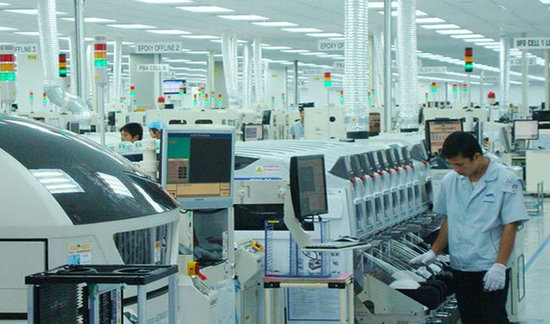
|
The investment capital flow in the 11 months of this year hit US$8 billion, Toan said. (source: Hanoi Times)
The RoK has continually been among the leaders in terms of foreign direct investment (FDI) into Vietnam and since 2014 has been the largest, with over 6,477 projects and capital of $57.5 billion as at November, 2017, accounting for 18.1 per cent of all foreign investment capital.
These projects have generated some 700,000 jobs and more than 30 per cent of Vietnam’s total exports. Seventy per cent of capital has gone to manufacturing and processing and most of the RoK’s leading corporations have a presence in Vietnam.
Looking back on the economic ties between Vietnam and RoK in early days since the economic rennovation, Korea was among the top countries investing in Vietnam, starting with labour-intensive projects.
One of the Vietnam – Korea economic ties’ turning point was marked in 2011, when the RoK identified Vietnam as a strategic partner in ODA cooperation with three focus areas: green growth, human resources training, and infrastructure construction.
Four years later, the Vietnam-South Korea Free Trade Agreement (VKFTA) which was signed on May 5, 2015, provides a higher level of investment liberalisation and investor protection and includes consultation on institutional arrangements for resolving the difficulties of Korean companies investing in Vietnam.
These advantages make Vietnam a more favourable investment environment for Korean companies.
There is no doubt that the enhanced market access and the favourable trade and investment environment brought about by VKFTA have contributed to Korean investors’ confidence in Vietnam.
As a result, in the first ten months of 2015, total trade turnover reached $50 billion; 100 times more than the $500 million recorded in 1992.
In the same year, the two countries signed a framework arrangement regarding loans from the Economic Development Cooperation Fund (EDCF) for 2016-2020. According to the credit framework agreement for 2016-2020, the RoK Government plans to provide $1.5 billion in ODA to Vietnam, with certain basic conditions, which will finance projects agreed upon by both governments.
South Korea’s foreign direct investment (FDI) in Vietnam has occurred in three waves. The first wave occurred after the lifting of the US embargo, which focused on labor-intensive sectors such as textiles and garments, followed by Vietnam ascension to the WTO wherein investors focused on the manufacturing of electronic goods.
The third wave currently focuses on manufacturing as well as consumer goods, retail, and services.
Currently, Samsung is leading the pack amongst South Korean investors in Vietnam. It manufactures almost half of its smartphones at its two factories in Vietnam. Samsung is also setting up a third complex focusing on home appliances and displays with an investment of US$2.5 billion.
LG, another electronic giant also has set up a production hub in Vietnam to manufacture smartphones and televisions. The company will be spending around US$1.5 billion in the new hub by 2028.

Korean restaurants, spas, shops and supermarket in HCM City’s District 7. — VNA/VNS Photo Mạnh Linh
CJ Group, a South Korean conglomerate is also in the midst of a large-scale expansion in Vietnam. Its business interest ranges from food processing, fertilizer and feed production, TV shopping, film production, and distribution. In 2016, it invested US$500 million into new projects and M&A.
Another conglomerate, Lotte Group plans to expand its retail operations five-fold to 60 shopping malls in Vietnam by 2020.
Recommended
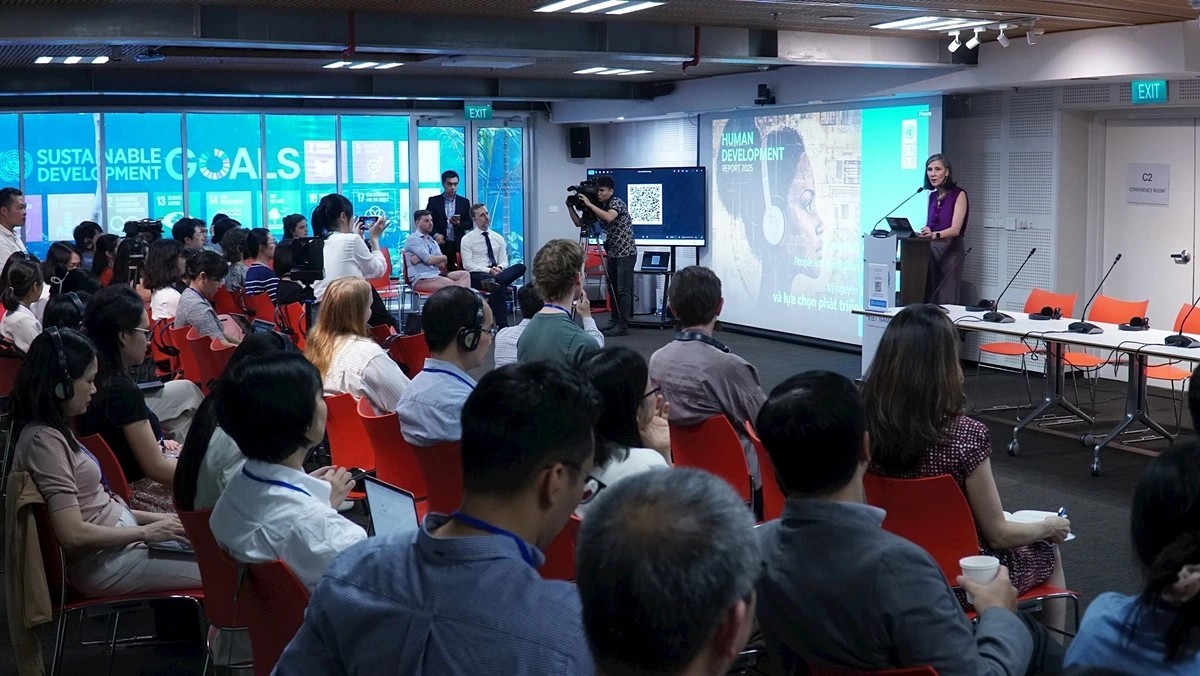 National
National
Vietnam News Today (May 13): Vietnam Maintains High Human Development Index Despite Global Slowdown
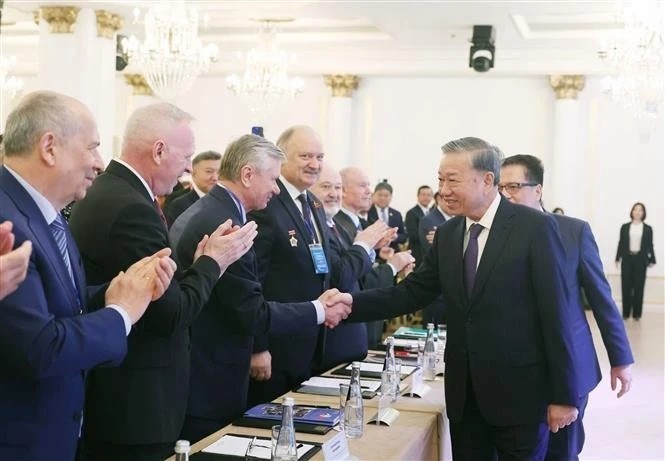 National
National
Vietnam News Today (May 12): Party General Secretary Meets With Russian Experts, Intellectuals
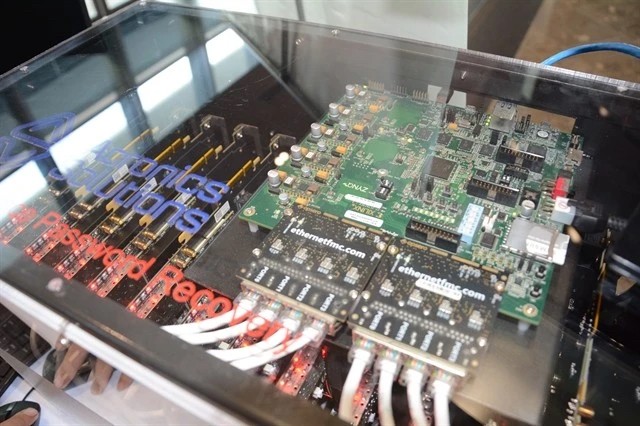 National
National
Vietnam News Today (May 11): Vietnam, Austria to Boost Cooperation in High-Tech Development, Innovation
 National
National
Vietnam News Today (May 10): Vietnamese Peacekeepers Honored with UN Medal in South Sudan
Popular article
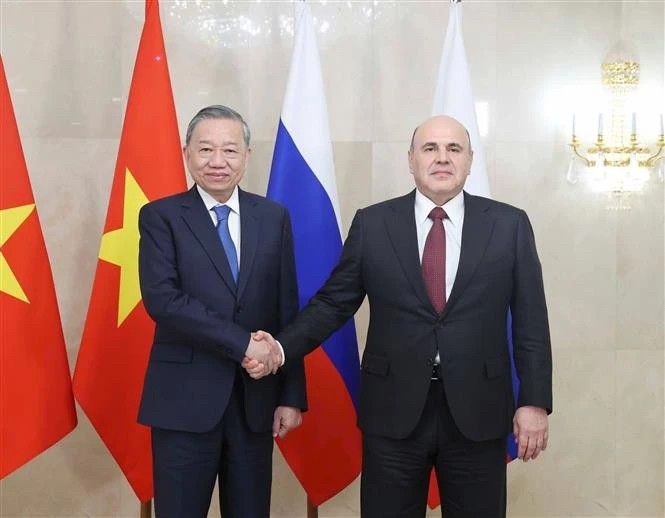 National
National
Vietnam News Today (May 9): Vietnam Ready to Work With Russia to Elevate Relations
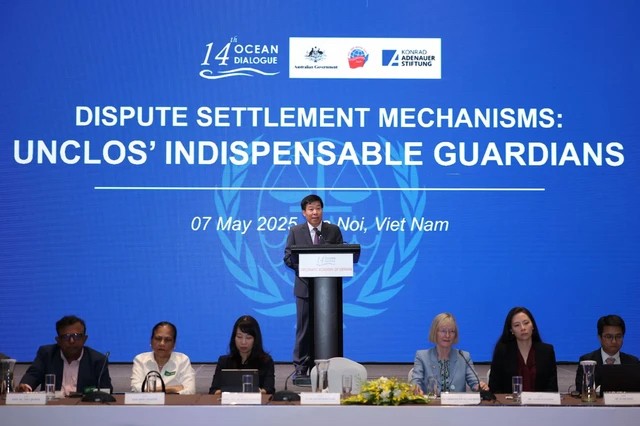 National
National
Vietnam News Today (May 8): Vietnam Remains Committed to UNCLOS
 National
National
Vietnam News Today (May 7): Vietnam Hosts Over 7.67 Million International Visitors in First 4 Months
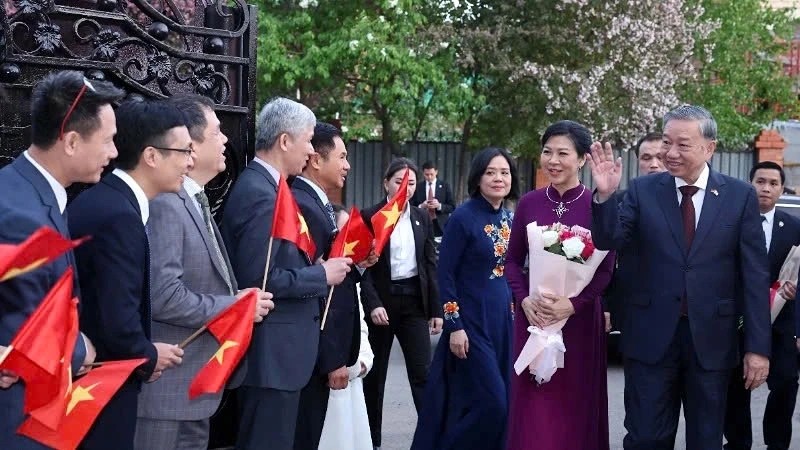 National
National



